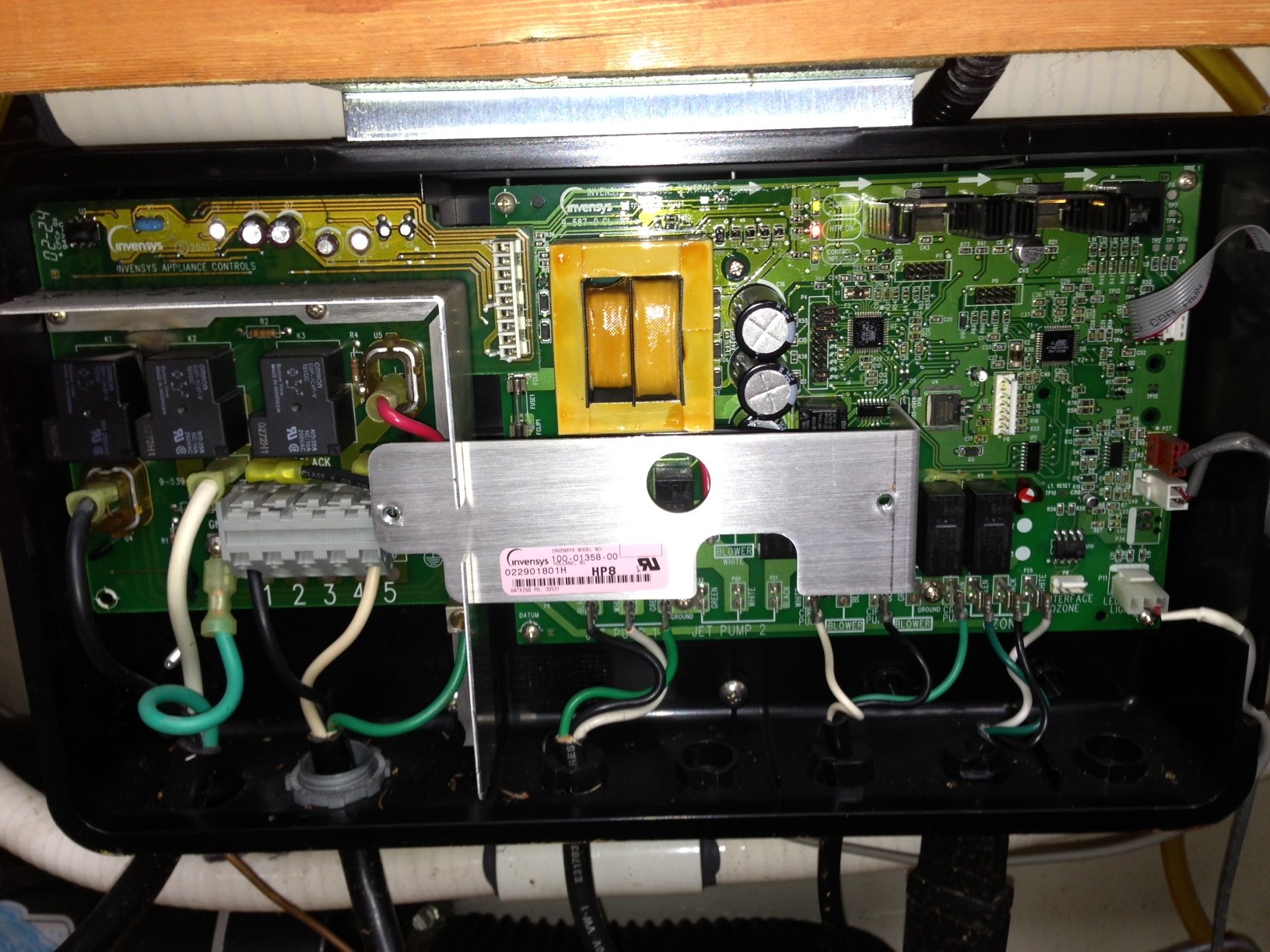Announcement: Due to the problems associated with cheaper quality motors being imported from Mexico, China and other countries over the last 18 years, we have ceased rebuilding operations. If you want to take the job on yourself to replace pump bearings, pump seals, wet ends etc, there are MANY videos available on YouTube.Com that show you how to do it yourself. To do this type of repair is not rocket science!
That said, if your pump motor is more than 4-5 years old, your best option is a NEW replacement motor that can be found online much cheaper, than having a shop do it – unless you’ve found a small mom/pop type of motor shop that would be willing to do the bearing work for a minimum charge.
Just don’t try to hold them accountable if your pump motor quits or starts shooting flames out of the back within a few days or weeks of the repair. It is not the shop’s fault. Take my word for it… I had to pay out of pocket many times to back up my own warranty. That’s why I dumped more than 3000 pounds of motor parts to a recycler in 2015, and just stopped.
Because of this, I sleep better at night, and with a new motor, you will too. The rest of the text on this page will remain as a place holder, as it is still informative. If you still have questions, feel free to call us and ask away, (yes out of state calls are welcome as well, we get them all the time!). There is no dumb question!
Original Post:
![]() With the price of copper and other raw materials at an all time high, motor prices have gone up, plastics manufacturing costs have gone up – over all – everything has gone up!
With the price of copper and other raw materials at an all time high, motor prices have gone up, plastics manufacturing costs have gone up – over all – everything has gone up!
Swimming Pool Pumps by the very nature of their size, shipping costs and construction are expensive to buy and replace outright. So what causes pump failure?
The #1 issue is corrosion. Excessive chlorination, overburdening of the equipment with too much salt doesn’t help much either, and especially these days with so many swimming pools running salt systems, it’s no wonder. Salt systems and conventional pump seals aren’t really compatible – as well, salt and aluminum, or for that matter almost any metal – are never compatible. So when the seals, o-rings, and gaskets fail due to salt (or excessive chlorine – not one in the same btw), then bearing failure ensues, followed by corrosion of the motor housing and if it goes far enough, a loss of integrity of the motor housing to the point to where it’s unsafe to operate electrically.
When pushed to the limit, a motor that is forced to do double duty – pump all the water required, plus overcome the excessive resistance posed by the failed bearings – over time the pump motor windings will burn out as well. At that point, the pump motor cannot be saved and must be replaced.
If you’ve got a pool pump motor that just hums, or makes noise, or screams so bad that the neighbors are calling the cops, then you need to shut down the power to the pump and call us to see if we can save you some serious money. Typically rebuilding versus replacing is 30% to 50% less than the cost of a new one. We’re fast and have a turn around time of typically less than 48 hours (in critical cases we can get the work done the same day).
We’re pros with Hayward, Jandy, Waterco, (Supa-Tuf), Aqua-Flo, Jacuzzi, and 48 or 56 frame motors, as well as C-Flange, Square Flange, and regular through-bolt pool pump motors.
Don’t buy a new pump when all you need is a repair! Call us today, the worst thing you’ll find out is if it can’t be fixed.
Updated Content:
Don’t buy a completely new pump. Most of these expensive pool pumps can be repaired by purchasing a relatively inexpensive pump motor, with a seal kit to match up with it. The motors will usually be what are called ‘C-Flange’ or ‘C-Frame’ motors, or Square Flange types.
Square flange motors are very distinct! They have ears on the front part of the motor using 4 bolts to attach it to the plastic pump assembly.
With C-Flange motors you will not be able to see any bolts attaching the motor to the plastic pump assembly. We are working on a new post to explain how and what to buy when it comes to replacing a motor.
![]()
We service all areas of North Georgia, and Metro Atlanta.


